For better toast, ditch the toaster and instead fry it

Toast is not a new invention. It has been a popular method for prolonging the life of bread as far back as Roman times. It was first placed directly on fires and scorched – “toast” comes from “tostum” in Latin, which means “to burn or scorch” – before toasting forks were forged to hold slices from a distance for a little less char. That continued until 1893, when the electric toaster was invented, revolutionizing breakfasts around the world.
While I am burning to say something about the toaster being the best thing since sliced bread, the appliance was actually invented before the bread slicer. (The first commercially sliced loaves weren’t sold until 1928, according to an article from the Hagley Museum and Library.) The initial toaster had its issues – among them being that it only toasted one side at a time – but even though modern iterations offer unparalleled convenience, there is a better way to make toast: Grab a skillet and fry it.
The method is simple: Melt as much butter as your heart desires, or heat a good glug of olive oil in a nonstick skillet over medium-low to medium heat. Add your sliced bread and drag it through the fat so both sides get a chance to soak it up and the bread is evenly coated. Then fry until the toast is browned and crisp to your liking, 1 to 2 minutes per side.
What makes this toast far superior to every other method for crisping sliced bread? Simply put, frying makes everything better – including toast. Yes, it’s a little more work than pressing a button, but the payoff in texture and flavor is more than worth it.
Chef Carrie Baird, who was known for her love of fancy toasts during her time on “Top Chef,” agrees. “I use a griddle and a fat like olive oil or butter,” Baird said in a phone interview. “We have a saying that we don’t eat dry bread in this family.” Not only does frying the toast add moisture, it also creates a textural wonderland of a soft, pliant interior and a crispy, crunchy exterior.
While most any size or type of bread is suitable for toasting, Baird recommends starting with something hearty. “I like a sturdy, thick-cut sourdough,” she says. “An inch minimum.” She cautions against softer loaves, such as challah or milk bread, because they lack the structural integrity to pile with toppings and make the fancy toasts Baird is known for creating.
Served alongside a few strips of crispy bacon and sunny-side up eggs, all fried toast might need to complete the plate is a sprinkle of salt. But “toast doesn’t necessarily just have to be for breakfast” and can be the foundation of a complete dish. Beyond the avocado toast fad, crisped slices of bread can serve as a vehicle for just about anything. “I just try to keep it seasonal,” Baird says.
When constructing your own fancy toast, keep in mind that as with any dish, “Texture is super important … and not just from the crunchy bread,” Baird says. You’re free to explore whatever your pantry has to offer. “I love seeds, nuts, sticky things like honey and jam. And then you can also get crunch from good lettuce and vegetables.” One word of caution: Do not serve limp, soggy toast, and the best protection against that simply has to do with timing. “Don’t put a ton of butter and jam down and then walk away for an hour.”